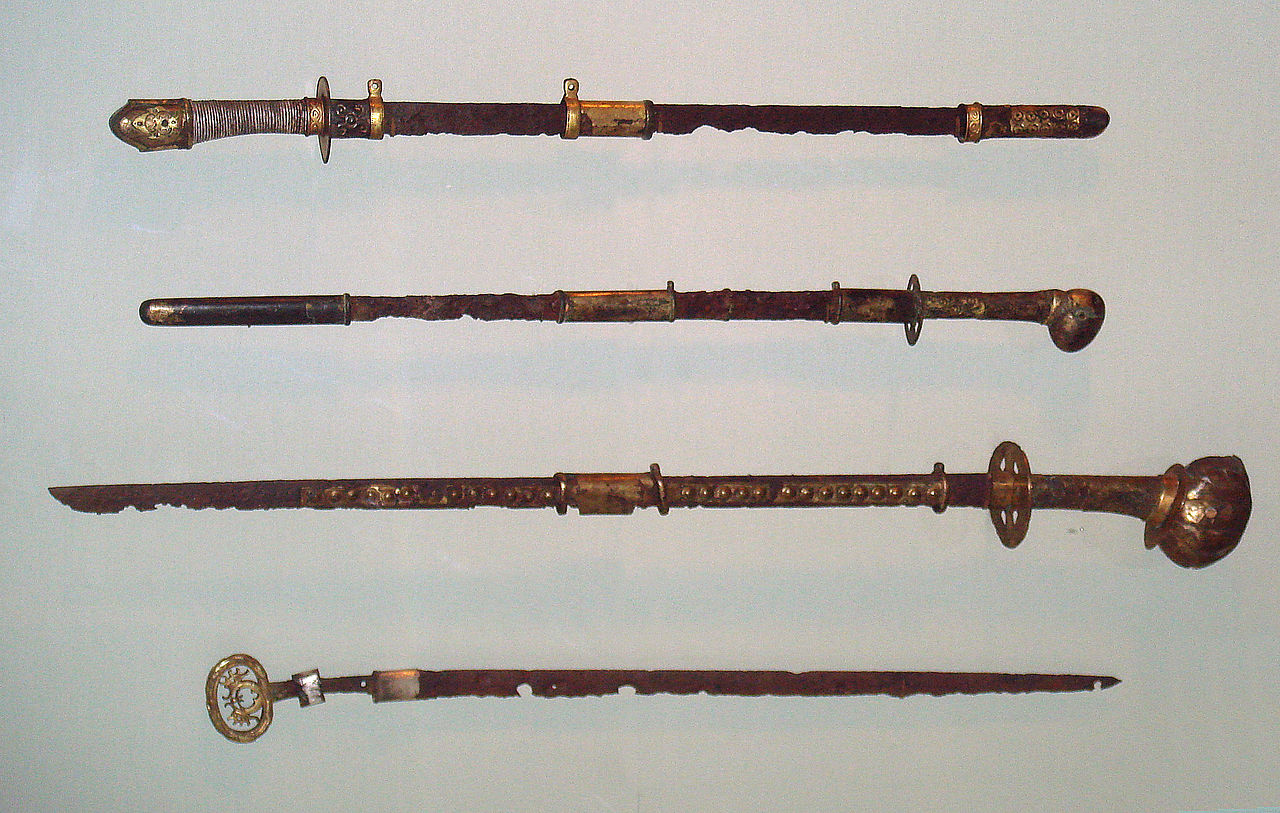Your Cart is Empty


Some of the world's finest swords originated out of feudal Japan. The katana, for instance, was pioneered by Japanese swordsmiths during the country's Muromachi period (1392 to 1573). Featuring a curved, single-edged blade, it was the samurai warriors' preferred weapon. However, Japanese swordsmiths invented other swords as well, including the chokutō,
Overview of the Chokutō
The chokutō is a straight, single-edged sword that was produced by Japanese swordsmiths prior to the 10th century. It featured characteristics similar to ancient Chinese swords, including a short-to-moderate blade length, decorative pommel and tsuba (hand guard). Because of these similarities, it's believed that Japanese swordsmiths mirrored the chokutō's design after Chinese swords.
History of the Chokutō
As previously stated, the chokutō originated sometime before the 10th century in Japan. However, it's unknown exactly when the sword was created or who was responsible for making it. According to Wikipedia, the chokutō is one of the earliest swords produced in feudal Japan.
Most traditional Japanese swords were created using differential heat treatment, a process that involves heating and cooling different parts of the blade at different rates. When producing the katana, for instance, Japanese swordsmiths would add a thick layer of clay to the spine before quenching it in water or oil. This layer of clay insulated the spine, allowing it to cool more slowly than the edge. The end result was a sword with a stronger edge and flexible spine.
But the chokutō was pioneered before Japanese swordsmiths had developed differential heat treatment. As a result, it lacked the versatility of swords that followed, such as the katana and wakizashi. The chokutō was easily damaged upon impact, prompting swordsmiths to experiment with new techniques.
Chokutō vs Tachi
The tachi was another sword produced during the early days of Japan's feudal period. While similar to the chokutō, there are a few key differences between the two. First, the chokutō typically featured either a kiriha-zukuri or tsukurikomi blade style, whereas the tachi has an entirely unique blade style. Secondly, the tachi usually featured a curved blade, though to a lesser degree than the katana, whereas the chokutō featured a straight blade.
The chokutō is often overlooked by historians when exploring Japan's history of swordmaking. Granted, it didn't feature the same high-end craftsmanship as the katana, but it still played an important role in the region's swordmaking efforts. Being one Japan's earliest swords, it set the stage for other, higher quality swords to come.